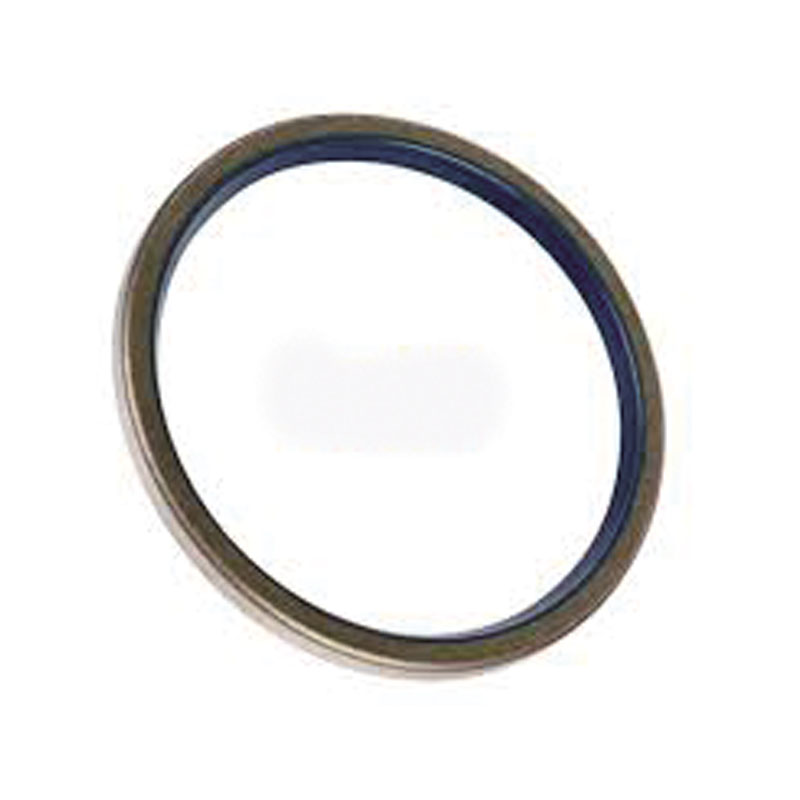O-Rings for Car Air Conditioning System Replacement and Maintenance Advice
Understanding Car Air Conditioning O-Rings Importance, Types, and Maintenance
When it comes to maintaining a vehicle's comfort, a well-functioning air conditioning (AC) system is paramount. At the heart of this system is a series of components that work together to ensure that the cabin remains cool during hot weather. Among these components, O-rings play a critical role in sealing the system and preventing refrigerant leaks. This article will explore the importance of O-rings in car air conditioning systems, the different types available, and tips for maintenance.
The Role of O-Rings in Air Conditioning Systems
O-rings are circular seals made from various materials like rubber, silicone, or nitrile. Their primary function is to prevent fluid and gas from leaking out of the sealed sections of the air conditioning system. In a car's AC system, refrigerant is pressurized and circulated to absorb heat from the cabin air, cooling it down before returning it to the interior. If there are leaks caused by worn or damaged O-rings, the system can lose refrigerant, leading to decreased efficiency, increased wear on the compressor, and ultimately breakdown of the AC system.
Types of O-Rings
There are several types of O-rings used in car air conditioning systems, each serving a specific purpose based on their location and the conditions they must endure
1. Standard O-Rings Made from materials like EPDM (Ethylene Propylene Diene Monomer) and nitrile, these are commonly used in AC systems. They can withstand moderate temperatures and pressures.
2. High-Temp O-Rings These are made from materials like fluorocarbon, which can resist higher temperatures and are specifically designed for critical applications, including the compressor section of the AC system.
3. Low-Temp O-Rings Constructed from materials like silicone, these are suitable for cold environments and can keep the refrigerant intact even at lower temperatures.
car air conditioning o rings

Maintenance and Replacement of O-Rings
Regular maintenance of the air conditioning system can prolong the lifespan of the O-rings and the entire AC unit. Here are some crucial tips for proper maintenance
1. Regular Inspections Have your AC system checked regularly for signs of wear on the O-rings. Look for signs of leakage, such as oily residue around the fittings, which can indicate failing seals.
2. Refrigerant Levels Monitor the refrigerant levels in your AC system. If you notice that the coolant level is dropping faster than usual, it’s an indication that the O-rings might be failing or that there are other leaks in the system.
3. Professional Servicing If you suspect any issues with your AC system, it’s best to consult with a professional. They can conduct a comprehensive examination of the entire AC system, including the O-rings.
4. Use Quality Parts When replacing O-rings, always opt for high-quality components. Generic or inferior parts may not withstand the conditions of the AC system and can lead to premature failure.
5. Proper Installation Ensure that O-rings are installed correctly. Misalignment or improper fitting can lead to leaks. Always lubricate the O-rings during installation to prevent damage.
Conclusion
In summary, O-rings are not just small components in the HVAC system of a vehicle; they are crucial for ensuring the efficiency and functionality of the air conditioning system. Being aware of their importance, knowing the different types available, and following proper maintenance practices can significantly enhance the performance of your car’s AC system. Just like any other component of your vehicle, proactive care for O-rings will contribute to a more reliable and comfortable driving experience, particularly during those sweltering summer days.
-
The Ultimate Guide to Car Repair Kits: Tools and Essentials Every Driver Should Own
News Aug.01,2025
-
The Complete Guide to Oil Pan Gaskets: Sealing Engine Leaks the Right Way
News Aug.01,2025
-
Preventing Oil Leaks: A Complete Guide to Oil Pan Gaskets and Drain Seals
News Aug.01,2025
-
Everything You Need to Know About Oil Pan Gaskets and Drain Plug Seals
News Aug.01,2025
-
Essential for Car Owners: How to Use a Car Repair Kit to Deal with Minor Breakdown
News Aug.01,2025
-
Comprehensive Guide to Engine Oil Sump Gaskets and Related Seals
News Aug.01,2025
-
The Ultimate Guide to Boat Propeller Bearings and Trailer Wheel Bearings
News Jul.31,2025
Products categories















